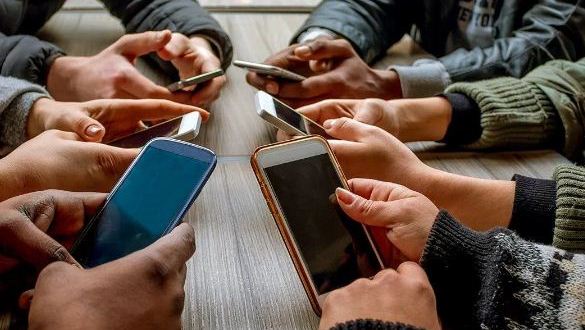In the past few weeks, I’ve been experimenting with Cursor AI, and honestly, it feels like one of the most exciting tools a techie could have right now. I’ve tried it on a few projects, and the results were not only awesome but also surprisingly easy to achieve.
What Makes Cursor AI Stand Out?
For developers, productivity is everything. We spend hours writing, debugging, and optimizing code. Cursor AI bridges the gap between coding and natural language, making the entire process smoother. Instead of manually searching for solutions or rewriting chunks of code, I can simply describe what I want, and Cursor AI delivers with remarkable accuracy.
Here’s what I noticed:
-
Effortless Interaction – It feels natural to “talk” to your IDE. The AI understands prompts like a fellow developer.
-
Quick Prototyping – For small projects or testing out ideas, Cursor AI speeds up the process like nothing else.
-
Error Fixing – Debugging becomes less painful, as it suggests fixes in real-time.
-
Learning Support – Even if you’re exploring a new framework or language, it helps you grasp the basics faster.
My Experience
I tried Cursor AI on a couple of projects – one involving Python scripts and another with frontend tweaks. Normally, I’d have to dig through documentation or Stack Overflow for hours. But with Cursor AI, I just gave a clear instruction, and the tool handled most of the heavy lifting. It wasn’t just about writing code; it was about how easy and intuitive the whole interaction felt.
The Balance Between AI and Human Logic
That said, I also noticed one thing: sometimes AI can get stuck repeating the same logic or approach. In those moments, it’s clear that our own mind and logic are irreplaceable. AI can assist, but it’s still important to stay knowledgeable about what’s being written. We should be able to read, understand, and validate the code, whether it’s written by us or suggested by AI. At the end of the day, coding is not just about output but about knowing how things work under the hood.
Why Techies Should Try It
If you’re a developer, student, or just someone curious about coding, Cursor AI is worth exploring. It doesn’t replace your skills – instead, it amplifies them. Think of it as having a coding buddy who’s always available, knowledgeable, and quick to respond.
Final Thoughts
Tech keeps evolving, but once in a while, a tool comes along that genuinely changes the way we work. For me, Cursor AI is one of those tools. It’s not just another AI gimmick – it’s a practical, powerful assistant that makes coding more enjoyable and productive.
But remember: AI helps you code faster, not smarter. Your own logic, curiosity, and knowledge are what make you a real developer.

